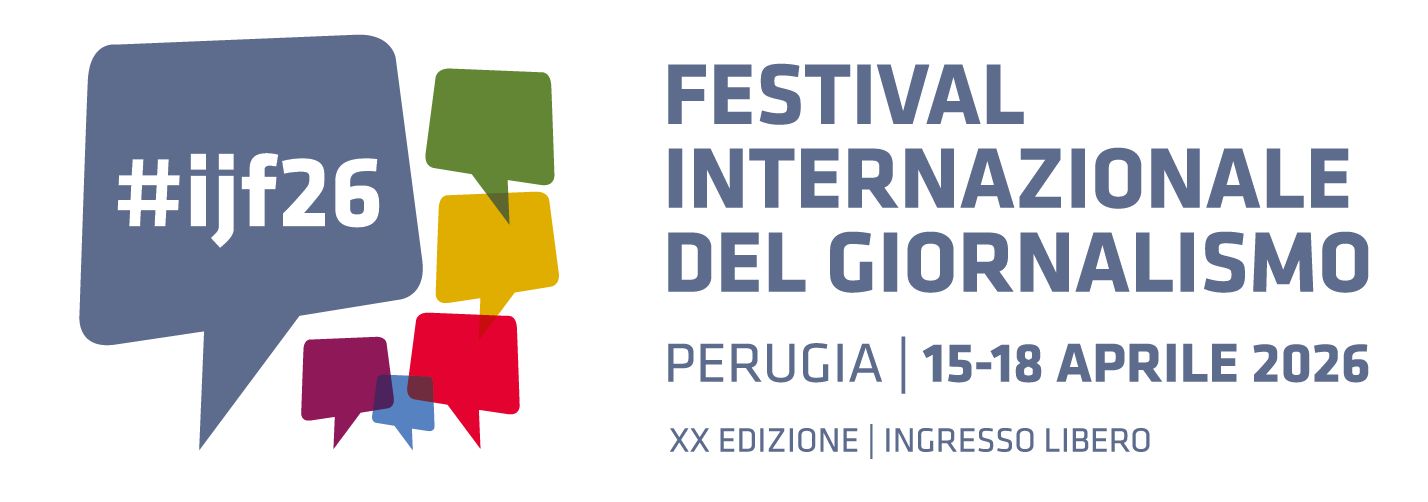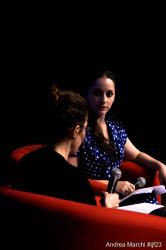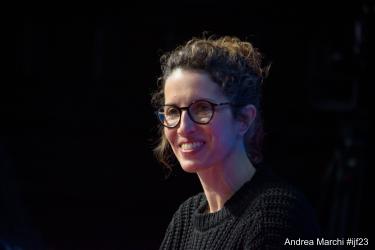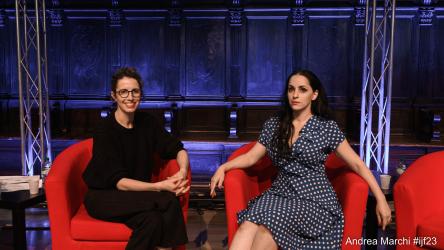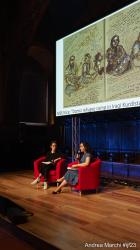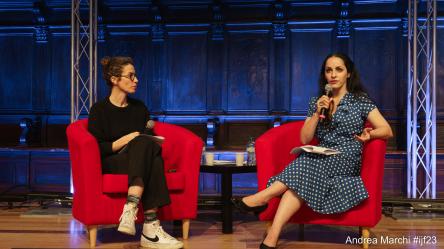How do you freeze an image? How do you make a record of a historical moment that matches its gravitas? With the ubiquity of images, how do you get an audience to slow down and actually look?
Molly Crabapple is an award-winning artist and writer who has reported for The New York Times, Guardian, Rolling Stone and many more. She has traveled between war zones and Guantanamo Bay, Abu Dhabi labor camps and post-Maria Puerto Rico drawing portraits and dramatic scenes, often when no cameras were allowed. Her sensitively rendered images drawn from life depict individuals caught in political systems that control their fate and future; each offers news readers insight into a subject that is contemplative and introspective in a way that is far different from the split second nature of a photograph. This conversation will explore how publications can make room for more material artistic observations of political events that speak to the human need to connect while also acting as a kind of critical cultural response.
Molly Crabapple will be speaking with Marisa Mazria Katz, a journalist and non-profit leader who has worked within the sphere of art and journalism for over a decade. As the founding editor of Creative Time Reports, the founding director of the Eyebeam Center for the Future of Journalism, and now the co-director of the newly launched Center for Artistic Inquiry and Reporting, Marisa has supported the innovative work of artists producing pieces for mainstream news outlets such as The New Yorker, Atlantic, Guardian, Al Jazeera and many more. She first worked with Molly at Creative Time Reports, where she commissioned several works by the artist to cover such issues as the Bradley Manning trial and detainees in the prison at Guantanamo Bay.
